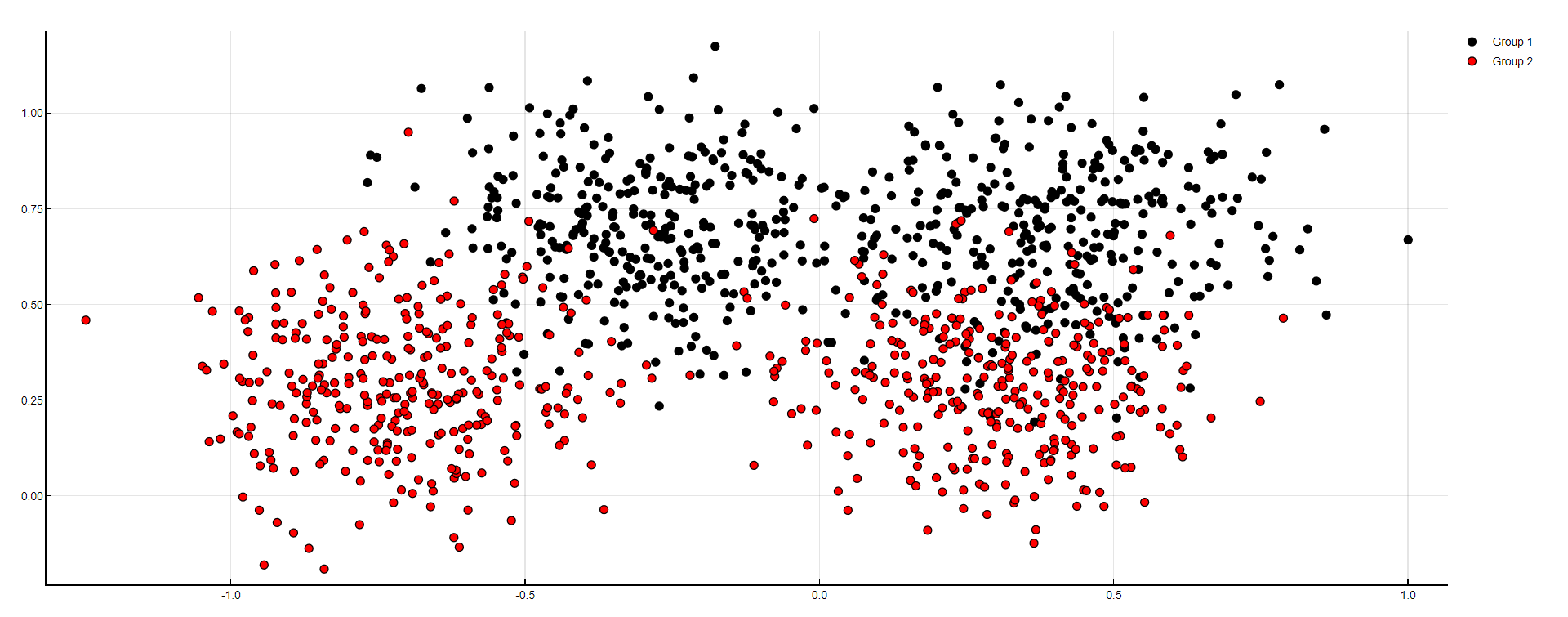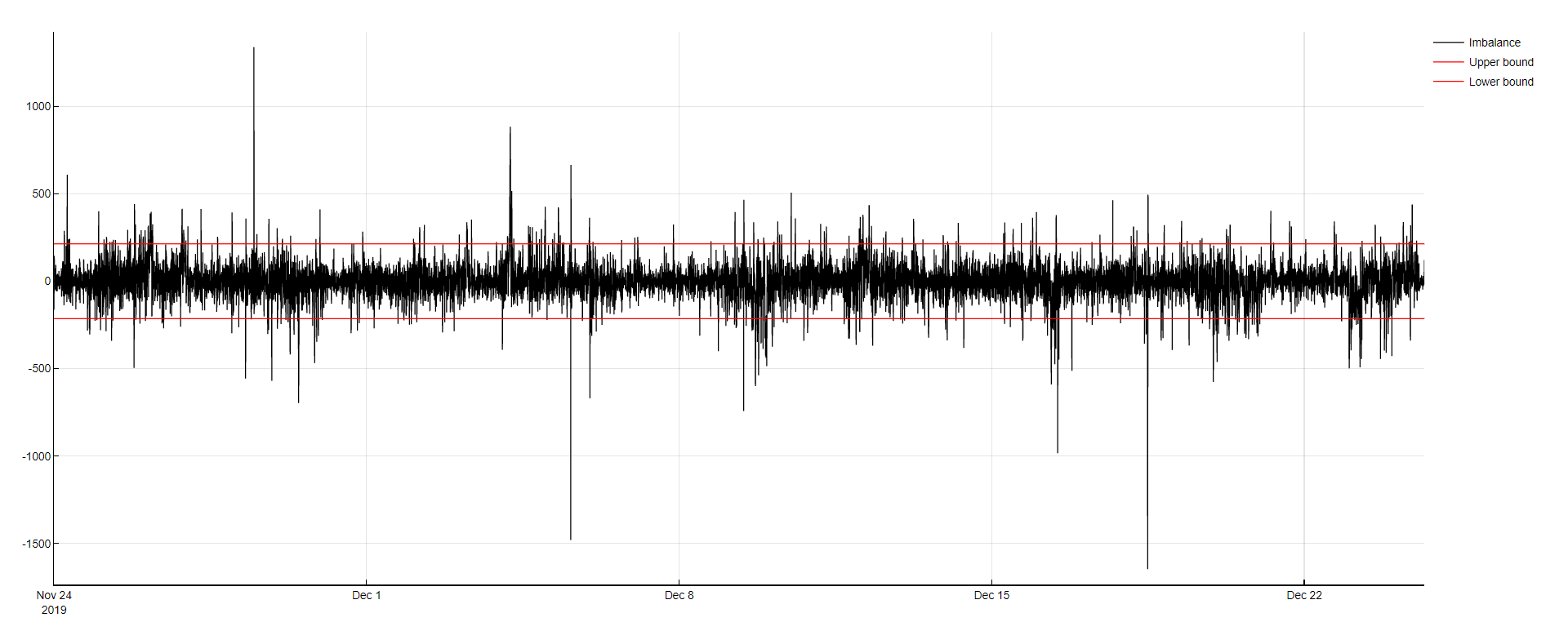Classification
TIM performs binary classification, when a user provides a target variable that is a Boolean (consisting of zeroes and ones). Classification of more than two classes is currently not supported. When performing classification, TIM behaves the same way as for any other dataset, including during feature engineering in the expansion phase and reduction and during [multiple model creation](/docs/TIM-Platform/TIM-Forecast/How-it-works/Model-building#multi-situational-layer-and-Model Zoo).
Dataset format
The classification dataset therefore is expected to have the same format as other datasets, even if there are no time dependencies in the data. In this case, indices (from 1 to n) can simply be used instead of timestamps.

Classification and forecasting the likelihood of being inside a range
In cases where the target variable is only a reflection of another continuous variable - e.g. when trying to forecast if a variable stays within of a given range or not - this variable could still be provided among predictors. However, make sure its availability is set up properly, so the model does not learn this transformation (e.g. "range" transformation) instead.

Every forecast of a classification can be interpreted as the likelihood of the actual value being 1; for example, a forecast of 0.6 could be interpreted as a 60 percent chance for the record belonging to the class 1 and a 40 percent chance for it belonging to the class 0.